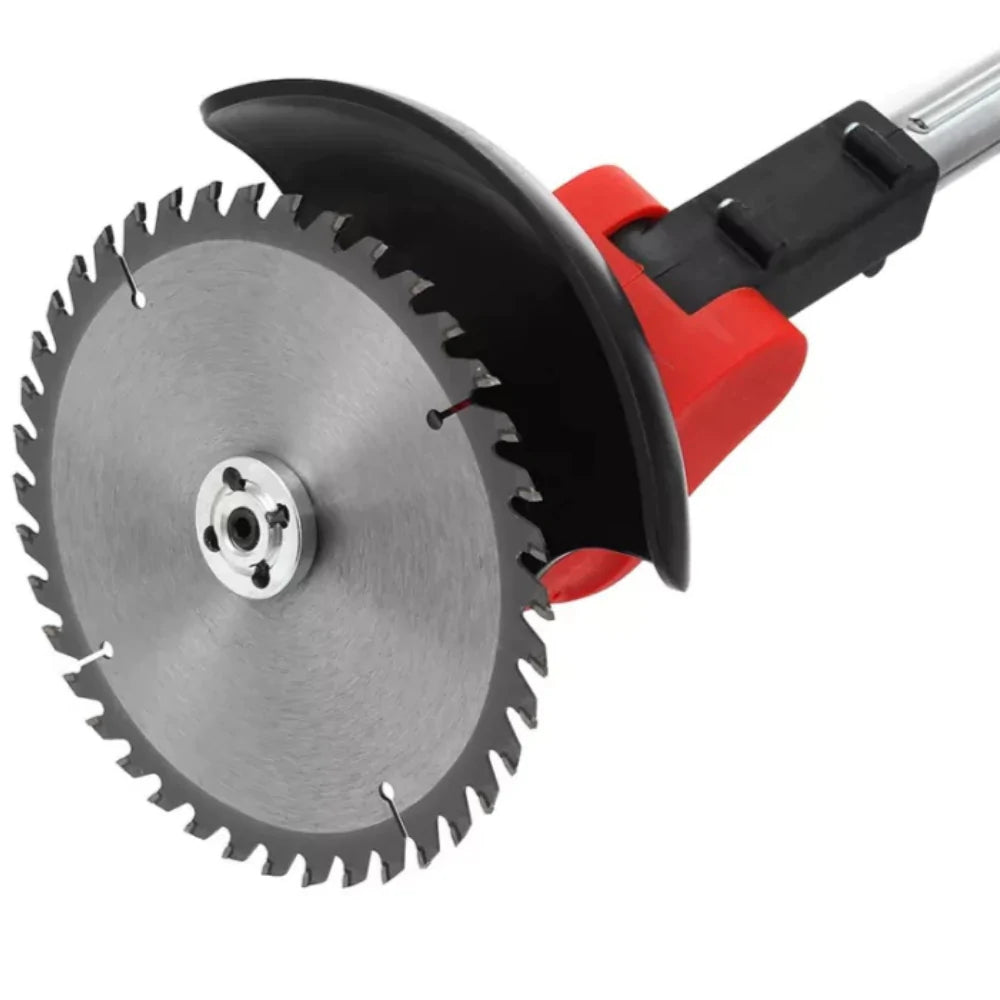Introduction
When it comes to maintaining your lawn and garden, having the right tools can make all the difference. Traditional trimmers have been a staple for years, but the advent of innovative solutions like the Weed Cutter has brought new options to the table. In this blog post, we'll explore the key differences between Weed Cutter and traditional trimmers to help you make an informed decision about which tool is right for your landscaping needs.
Traditional Trimmers: A Familiar Choice
Traditional trimmers, also known as string trimmers or weed whackers, have been the go-to choice for homeowners and landscapers for many years. They typically feature a gasoline-powered engine or corded electric design and a nylon string for cutting grass and weeds. While they've proven effective, they do come with their own set of limitations.
Weed Cutter: The Modern Alternative
The Weed Cutter, on the other hand, represents a more modern and innovative approach to lawn maintenance. Let's take a closer look at how it compares to traditional trimmers:
1. Power Source
-
Traditional Trimmers: Traditional trimmers come in both gasoline-powered and corded electric models. Gasoline-powered trimmers offer more mobility but can be noisy and emit emissions. Corded electric trimmers are quieter but limited by the cord's length.
-
Weed Cutter: The Weed Cutter is powered by a rechargeable battery, offering the best of both worlds: cordless mobility without the noise and emissions of gasoline-powered tools. It's the eco-friendly choice for modern homeowners.
2. Speed and Efficiency
-
Traditional Trimmers: Traditional trimmers typically operate at a lower RPM (revolutions per minute), which may require multiple passes to achieve a clean cut in overgrown areas.
-
Weed Cutter: The Weed Cutter boasts an impressive 18,000 RPM speed, making quick work of even the toughest grass and weeds. Its high-speed cutting reduces the need for multiple passes, saving you time and effort.
3. Adjustable Length
-
Traditional Trimmers: Traditional trimmers often have fixed-length shafts, limiting their adaptability to different users and tasks.
-
Weed Cutter: The Weed Cutter features an adjustable length (36.3 inches when contracted), allowing users to customize it for comfortable and precise work, regardless of height or reach.
4. Battery-Powered Convenience
-
Traditional Trimmers: Gasoline-powered trimmers require fuel and maintenance, while corded electric trimmers are limited by the cord's reach.
-
Weed Cutter: The Weed Cutter's battery-powered design provides the convenience of cordless operation without the hassles of gasoline engines. Its 24V battery offers up to 120 minutes of runtime, making it ideal for large yards and gardens.
5. Noise Level
-
Traditional Trimmers: Gasoline-powered trimmers can be quite noisy, causing disruptions in residential areas. Corded electric trimmers are quieter but still emit noise.
-
Weed Cutter: The Weed Cutter operates at a noise level of only 70 dB, significantly quieter than traditional trimmers. This makes it a neighbor-friendly option for early morning or late evening yard work.
Conclusion
In the battle of Weed Cutter vs. traditional trimmers, it's clear that the Weed Cutter offers several advantages, including cordless convenience, high-speed cutting, adjustable length, and eco-friendliness. However, the right choice ultimately depends on your specific needs, budget, and environmental considerations. When making your decision, consider the size of your lawn, your tolerance for noise, and your preference for a hassle-free and efficient yard maintenance experience.





